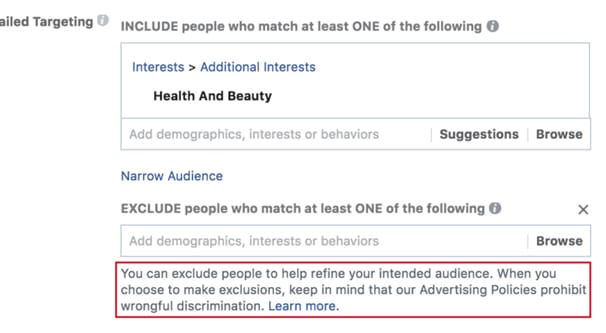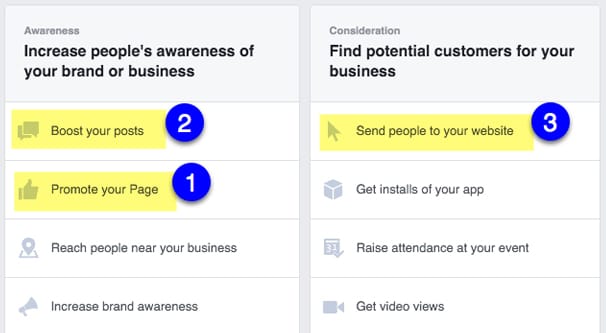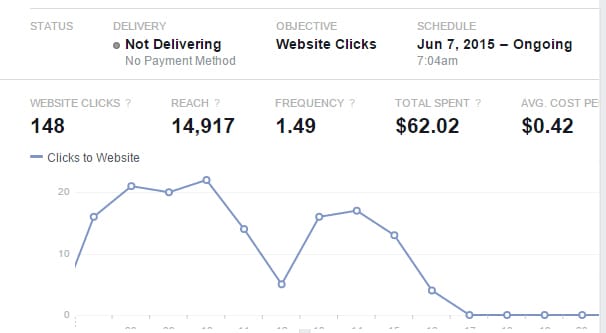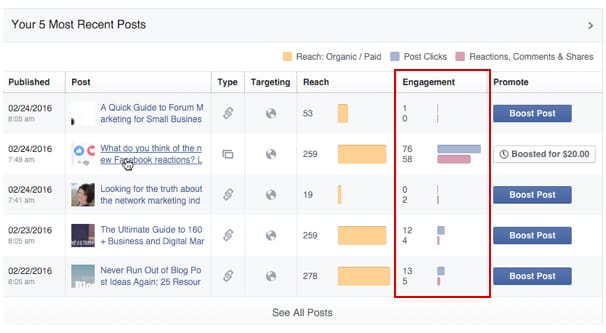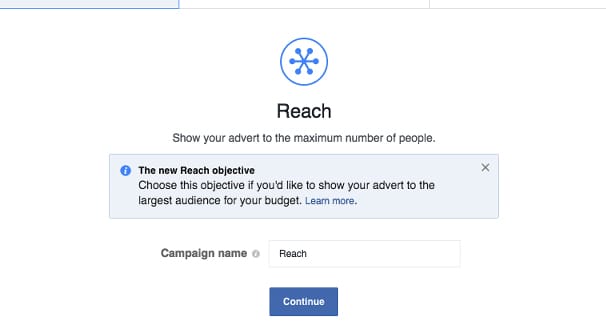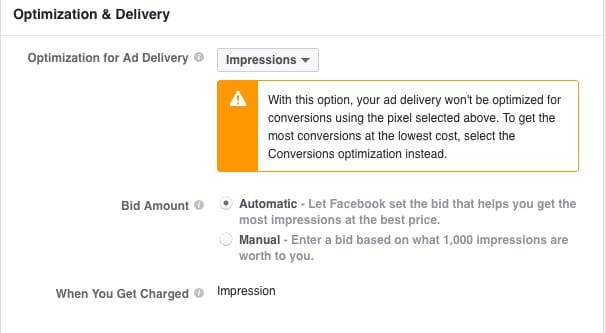 Written by ContentPowered.com
Written by ContentPowered.com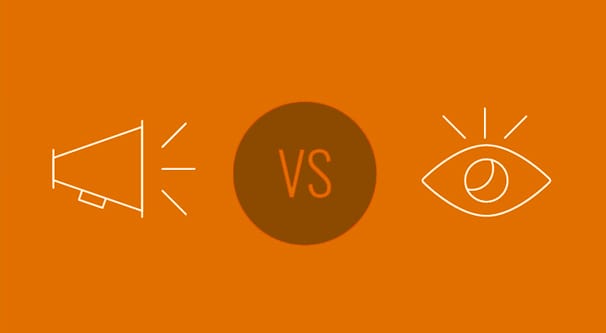
When you create new Facebook ads right now, you’re given the opportunity to choose an optimization strategy. There are a bunch of different possible optimization options, depending on what kind of ad you have set up. The overall objective of the ad, the type of content and the positioning, and your budget can all impact which optimization strategies are available to you.
The three main types of optimization strategy you’re likely to encounter are Engagement, Reach, and Impressions. Each of them has benefits and drawbacks to use, so the question is, what do they do and which is best for you? Let’s go over each of them, then round up all the comparisons.
General Optimization Notes
Before we begin, it’s worth noting a few quirks about how the optimization system works. First and foremost, optimization applies only within your other constraints. This has a few ramifications.
- Even if you optimize to reach as many people as possible, you will never reach more than your maximum budget allows.
- Even if you optimize to reach as many people as possible, you will never reach people outside of your target demographic audience.
- Regardless of optimization strategy, if you are using a remarketing audience, you will not reach people outside of that audience.
Facebook obeys all of your other constraints – budget, audience demographics, time schedule, etc – before applying optimization strategies. Optimization simply organizes the people within that limited audience in terms of preferential exposure. Each type of optimization strategy is a different way of organizing the people within your target audience.
What this generally means, in practice, is that you need to refine your targeting to have a large impact on your ad performance. Changing your optimization strategy only has an impact when you’re trying to improve within a certain limited audience, or when you’re changing ad strategies.
Speaking of ad strategies, different ad focuses will allow for different types of ad objectives. Facebook splits these ad objectives into three main types: Awareness, Consideration, and Conversion.
Awareness ads only have two kinds of objectives: brand awareness and general reach. Brand awareness is less focused than reach and eats up budget faster. Essentially, it tries to get ads in front of as many people as possible as often as possible, to get your name out there. Reach is more limited to only one impression per person, generally, though budget settings can change it.
Consideration ads are more focused on user action. Think of it as the difference between PPM and PPC advertising. Awareness ads are for exposure; Consideration ads are for some minor action.
The Consideration objectives are Traffic, App Installs, Engagement, Video Views, Lead Generation, and Messages. All of these are pretty self-explanatory except perhaps Engagement. Traffic is aimed at getting people to your landing page, App Installs wants people to install your app on their mobile device, and Video Views want people to watch your video. Messages wants people to use Messenger to send your page a message. Lead Generation can involve several different forms of generating leads, but usually results in entries to your mailing list. Engagement is generally post engagement, and is the one I’ll be discussing below.
As far as Conversion objectives are concerned, there are only three; Conversions, Catalog Sales, and Store Visits. Conversions are your general online sales, using the Facebook tracking pixel to monitor users from the time they click the ad to the time they finish a purchase. Catalog Sales applies only to people using ads that link to a rich media catalog configured for Facebook, which is a whole other beast I’m not dealing with right now. Store Visits use some combination of mobile tracking and purchase history monitoring to track people who saw your Facebook ads and who then visited your retail location in person, rather than online. Obviously, it’s only useful if you have a physical location.
You can read more about any and all of these, as well as how to properly set them up, over in this post.
Optimize for Engagement
First of the three major optimization strategies I want to cover today, Engagement is probably one of the most important.
Engagement on Facebook is a Consideration objective, which means it wants users to take an action. Facebook will then order your audience in terms of who is most likely to actually take an engagement action, versus who is not. Some people on Facebook are very likely to like and share posts they see, while others are not; you can see which ones would be more valuable to target with engagement-focused ads.
There are several different kinds of engagement Facebook considers for this type of optimization. They are Post Engagement, Page Likes, Offer Claims, and Event Responses.
- Post Engagement is the reaction bar, sharing, and commenting on your post. This is the typical objective you get when you mash the “boost post” button, but can also be manually selected for your ads as well. Engagement includes clicks through to your profile or page, but does not include liking your page.
- Page Likes is simple; it wants people to like your page to follow you for future updates. Obviously, you want to use this when you’re focused on growing your audience rather than trying to gain exposure for a particular post.
- Offer Claims is also self-explanatory; if you’re running an offer with the Facebook Offers system, optimizing for offer claims is more likely to get you people who will claim and use offers. Of course, the success of this strategy depends on what kind of offer and product you’re promoting.
- Event Responses is also self-explanatory. If you’re running an event, you can boost the event to get more people to click the Interested or RSVP buttons. If you’re selling tickets – rather than hosting a free event – you can promote specifically to people willing to buy tickets as well. This does not optimize for people who click “not interested” or “can’t go”, so don’t worry about using up your whole budget on negative conversions.
The engagement optimization strategy is available both for Facebook and for Instagram ads, since they’re managed through the same ads platform. You can use it on image ads, video ads, and slideshow ads, as well as a secondary objective on a few other ad formats, like boosted posts or boosted events. Some formats will limit these options, though.
Optimize for Impressions
Optimizing an ad for Impressions is perhaps the simplest kind of advertising known to man. It’s the billboard along the highway, the printed page in the magazine, the TV commercial or radio advertisement. It broadcasts to as many people as possible as often as possible, with little mind for anything else.
Optimizing an ad for impressions means getting as many people to see your ad as possible. However, Facebook doesn’t care what those people do once they see the ad. If they like your page or engage with the post, good for you. If they ignore it entirely, well, too bad. You’re not paying for engagement, you’re paying for exposure.”
Consequently, optimizing your advertising for impressions tends to be both the cheapest and least effective kind of advertising, at least in terms of end results.
In fact, this touches upon one of the common traps for marketers. It’s easy to see the ability to reach a billion people and think it means your ads are great. The trouble is, what good is that exposure if it doesn’t result in sales? If you spend $100 on 1,000,000 views and get zero conversions, you lost $100. If you spend $1,000 and get one sale, you have one very expensive sale, but it’s still more of a profit than the other option.
Avoiding this trap is what differentiates novice marketers from experienced gurus. You need to figure out which metrics matter to your business, and figure out where your ads should be in your funnel.
Optimizing for impressions is not entirely useless! If you have a target audience in mind, optimizing for impressions lets you get your name in front of their eyes. This means when you reach them later with more conversion-focused advertising, you won’t be a complete unknown.
Optimizing your ads for impressions is a good way to get your name or a new product out there to as wide an audience as possible. It’s not optimized to get those people to take action, though, so if you’re looking for action, look elsewhere.
Optimize for Reach
Optimizing your ads for Reach is similar to impressions, but slightly different. Reach is also an awareness objective, not an action-based objective, so it’s still focused on putting your name in front of people. The difference is, it’s aimed at getting in front of the maximum number of people, even if those people might miss it.
You know how sometimes you’re shown a sidebar ad or a post ad and you scroll right by it without really paying attention? You probably can’t actually name the brand or the content of the post, but you technically saw it. That’s what a Reach objective will do.
A Reach optimized ad will show in front of as many unique people as possible within your audience and within your budget, without duplicating views until such time as everyone within your audience has seen the ad at least once. Since you’re almost always going to have a much larger audience than your budget can afford to reach, you’re essentially stretching your budget as thin as possible to reach as many people as possible.
Consequently, a lot of the people you reach with a Reach ad are perhaps not going to actually pay attention to your content. They can’t go back and see it later, either, unless they completely failed to refresh their news feed. That once chance is all they got.
What this means is that your Reach-optimized ads should be your most compelling advertising. You want to capture attention immediately and use a call to action to then get the user to do something. This also means that Reach-optimized ads are best shown to an existing audience who already knows who you are and may be interested in your products already. You won’t be capturing much new attention, but you can get more attention to a specific aspect of your existing setup.
Which Should You Use?
There’s no right answer to which kind of optimization strategy you should use. Each one has different uses with a different purpose behind it. You can think of each of them as steps in one sales funnel, if you so desire.
Impression optimization comes first. Use impression optimization when you’re trying to reach a new audience, or you’re trying to reach an existing audience with new information. If you just launched a product or are about to launch one, impression ads will help you get eyes on the page to see what it’s all about. If you’re just starting up your company, impression ads help get your name in circulation.
Once you have an existing audience, then you can transition to Reach ads. Reach helps you get new information in front of as many people as possible within an existing audience. It’s great for awareness for a new product to an already interested audience, for example.
Engagement optimization follows; it’s the way to get your now-interested audience to take some kind of action. It’s best used when you already have a list of leads, as if you used a lead generation ad or simply harvested information from people on a landing page. You can also use it to promote specific posts and get more exposure via EdgeRank.
There’s no “best option” for ad optimization strategies. You simply need to think about the objective of your current ad, what audience it’s reaching, and how best to accomplish your goal. Once you know those three things, you can pick the strategy that works best to do it.
